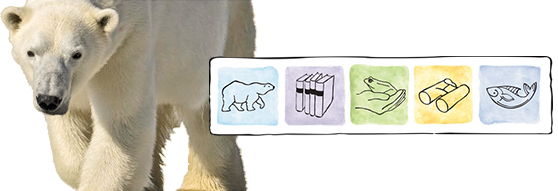Behavioral Evidence For The Cutaneous Expression Of Emotion In A Chimpanzee (Pan troglodytes)
Publication Type: |
Journal Article |
Year of Publication: |
2004 |
Authors: |
David A. Leavens, Filippo Aureli, William D. Hopkins |
Publication/Journal: |
Behaviour |
Keywords: |
behavioral asymmetries, behavioural asymmetries, chimpanzees (pan troglodytes), cognitive stress, emotions, scratching, self-directed behaviors, self-directed behaviour |
Abstract:
Self-directed behaviors (SDBs) are behavioral indicators of stress, but have received relatively little experimental scrutiny. The present study reports the distribution of SDBs in a 14-year-old male chimpanzee in relation to performance on a matching-to-sample task of varying difficulty. The rate of rubbing behaviors (self-touching with the hand without any raking motion of the fingernails) was positively correlated with performance, whereas scratching rates were negatively correlated with performance. SDBs were displayed predominantly with the left hand during sessions of high performance (low task difficulty), with a shift toward the right hand during sessions of low performance (high task difficulty). SDBs were exhibited relatively more with the right hand after incorrect responses (and secondary negative reinforcer) than after correct responses (and secondary positive reinforcer). Rubs directed to the face were displayed relatively more often to the right side after incorrect responses, compared to rubs displayed after correct responses, whereas scratching was directed relatively more often to the left side of the body after incorrect responses, compared to scratching displayed after correct responses. Rough scratching was displayed more quickly after auditory feedback on performance than were rubs or gentle scratches. Rubs were directed more to the face (trigeminal) and scratches more to the body (spinothalamic). Taken together, these results suggest that there may be asymmetrical central nervous system processing of negative emotion by chimpanzees during cognitive tasks.


